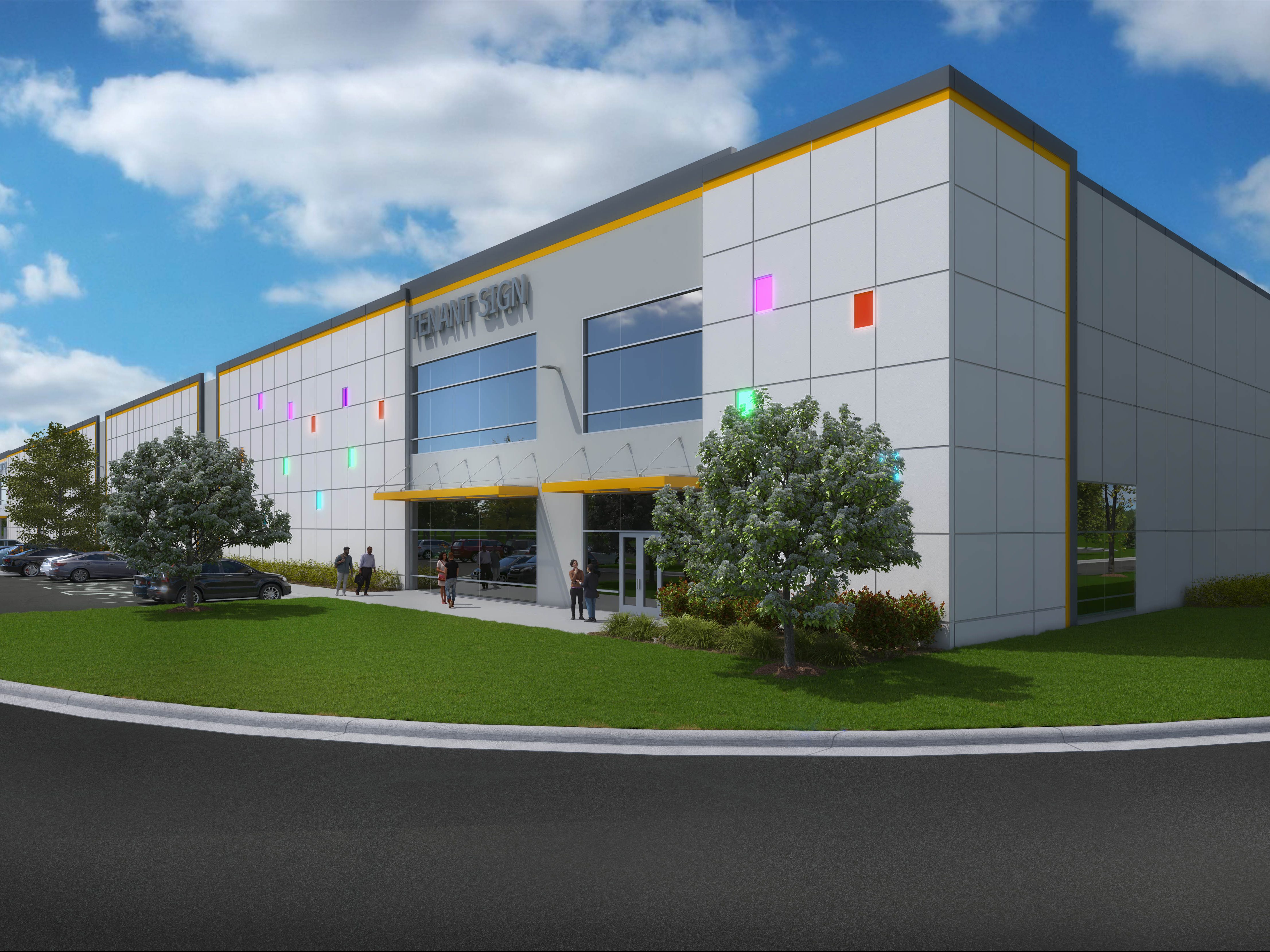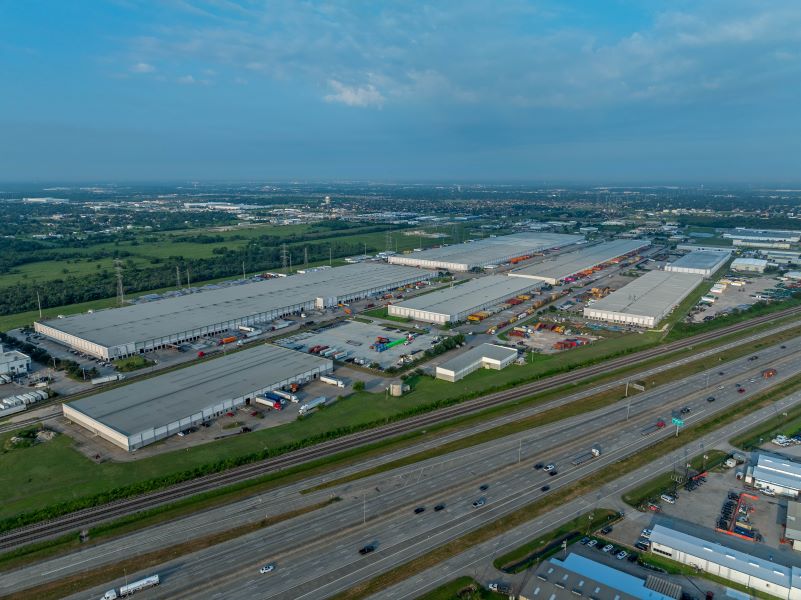High-Touch Initiatives Building Owners and Managers Should Consider in 2018
With several years of experience and some new data, it is time for the industry to re-evaluate and move beyond the concierge and enhance the workplace experience through community-building. This case study shows how Lowe did just that.
By Daisy Gauck
For several years office building owners and managers have provided a new level of service to attract and retain tenants in the competitive and evolving office market. It seemed that many commercial real estate firms were jumping on the bandwagon by creating concierge positions or hiring third party concierge teams, and today this has become an industry standard. This evolution was based on the concept that people would be relieved of daily stresses and enjoy their workplace if they could tap the concierge to handle everything from daily needs and services to securing reservations or event tickets. With several years of experience and some new data, it is time for the industry to re-evaluate and move beyond the concierge and enhance the workplace experience through community-building.
Owners and managers should consider taking some pointers from high-touch customer-serving industries such as retail and hospitality. When evaluating its office management services, rather than simply go with the trend and add a concierge, Lowe tapped its hospitality roots to go deeper. In the hospitality industry there is a constant feedback loop of what guests are looking for and where they are spending their money. In the world of office building management those touchpoints are few and far between. Lowe set out to create a program that would engage tenants based upon what they were interested in, and provide immediate feedback for the property management team. Using a survey format, Lowe didn’t just ask questions but offered suggestions and options that could make the workplace more appealing. Tenant responses formed the basis for the program.
The results of Lowe’s almost two years of surveys from across the country are clear on one aspect—it’s time to redefine the concierge. Regular use of the typical concierge services, while originally novel, are not being fully utilized by the average employees. Outside of the expected, such as a functioning building and responsive property management, Lowe found a few key things that were most frequently identified as areas where the building management could truly engage with tenants: 1) opportunities for volunteerism and philanthropy, 2) food choices, and 3) health and wellness. While responses varied regionally, these were the three most common themes.
Based on these findings, Lowe adopted new programs and initiatives, implemented by the management team, at its office buildings. Some programs are relatively easy to implement and yet can drive a significant uptick in workplace satisfaction. For instance, people want to be make a difference in their community though many do not have the time to actively volunteer. Bringing those opportunities to the workplace creates a positive experience for tenants as well as aids in establishing the property owner as an active and involved neighbor. Among some of the well-received programs that have engaged tenants are: donating used shoes for organizations that repurpose and donate shoes to those in need; sending thank you cards to veterans; supporting a family during the holidays; participating in local food bank working sessions (which double as team building exercises); and, back-to-school-drives. In order to create variety in food choices, Lowe brings in weekly food trucks, lunches from local restaurants and caterers, and has a weekly grab-and-go treat in the lobby that varies by season or event. Finally, health and wellness has proven to be a major draw. From “lunch & learns” on fitness motivation to mindfulness classes, pop-up yoga and weekly walking clubs, Lowe has found that tenants are drawn to healthy choices. The common denominator among these is that they bring people together and start to build a sense of community within the building.
Prior to implementing new programs, Lowe set a baseline for its business in order to gauge the effectiveness of the initiatives. As tenant satisfaction leads to renewals and less downtime, understanding tenant satisfaction before and after implementing the new management approach has been a key measure of success. Once Lowe’s program, which draws on the company’s experience from 95 hotels and resorts around the world, is implemented, it typically sees a 50-basis point improvement in Kingsley tenant satisfaction surveys, and its buildings consistently outperform the Kingsley index, the leading benchmarking database. In addition, there has been increased absorption in Lowe’s buildings as tenants are drawn to the services being offered. Lowe believes that in addition to ensuring the nuts and bolts of property management are first rate, this new property management approach, that focuses on tenant feedback, is critical to attracting and retaining tenants in today’s environment.
As technology and demographics are shifting the commercial real estate landscape, owners and managers need to learn what tenants truly want and expect out of their workplace. Rather than solely focusing on the bottom line, owners and managers need to bring a new level of attention to the tenants/clients, as all interests are aligned. Tenant satisfaction and renewals will increase as well as NOI, and owners and investors reap the benefits.
Daisy Gauck, vice president of Lowe, managed the design, strategy and implementation of the Lowe Property Management Plus program, alongside transition teams, asset managers and property managers across the country.








You must be logged in to post a comment.